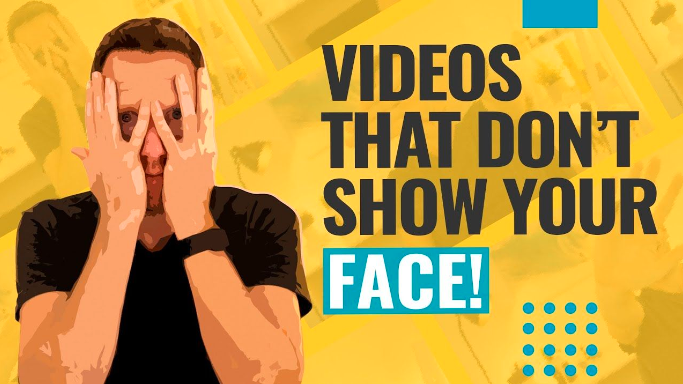Videos are a potent storytelling and communication tool in the social media and digital age we are in. Faces play an important function in most videos, but there’s a growing trend towards creating faceless videos that draw attention in interesting ways. These videos emphasize mystery and anonymity while challenging conventional visual narratives. Faceless videos, which lack facial expressions, emotions, and personal recognition, provide an exclusive platform for conveying ideas, arousing feelings, and capturing viewers’ attention.
However, what goes into developing an unforgettable faceless video that captivates viewers and makes an impression? Let’s discuss the artistic process and approaches used in faceless videography.
Concept Development and Tool Selection for Faceless Videos
Before delving into production, it’s vital to develop a robust concept for your faceless video. Consider the message you want to convey and how best to do so without relying on facial expressions. Explore themes and emotions that can be effectively communicated through visuals, sound, and storytelling elements. Once you have a clear concept, choose the right tool for the faceless video. Look for software or apps that offer features like voiceovers, text overlays, and animations to enhance your narrative creatively. Additionally, consider utilizing screen recording software or motion graphics tools for more dynamic presentations.
2. Cinematography and Composition
The main focus of faceless videos moves from faces to other visual components like environments, objects, gestures, and body language. Emphasis on composition, lighting, and frame to produce visually arresting images that successfully communicate your message.
Experiment with angles, movement, and perspectives to keep the audience engaged and curious.
3. Music and Sound Design
A faceless video’s feeling and tone are heavily affected by sound and music since facial expressions cannot be used to convey emotions. Choosing music, ambient noise, and sound effects that go well with the images enhances the watching experience as a whole.
4. Editing and Post-Production
The charm of the narrative comes to life over the editing phase. Employ editing approaches like overlays, cuts, transitions, and effects to tell a story that unfolds naturally without the use of face expressions. Pay close attention to rhythm, tempo, and continuity to keep the audience interested and move the plot along.
5. Embrace the Mystery Element
The inherent mystery and intrigue that faceless videos hold is one of their key benefits. Making use of this intriguing part of the video might draw in viewers and encourage active interpretation and interaction. Give the audience space for interpretation and creativity so they may engage with the material more deeply.
6. Making Use of Metaphor and Symbolism
Symbolism and metaphor can be effective means of expressing meaning and emotion in faceless videos when there are no facial signals. Examine examples, themes, and illustrations that support your point and give the plot more nuance.
7. Experimentation and Innovation
It takes creativity, innovation, and a willingness to try new things to make captivating faceless movies. Investigate unorthodox methods, formats, and styles to set your film apart from the competition and make an impression on viewers that will last.
In summary, faceless videos provide a distinctive and captivating method of visual storytelling that defies accepted conventions. Without employing facial expressions, filmmakers can create engaging videos that draw viewers in and arouse strong emotions by concentrating on concept development, cinematography, sound design, editing, mystery, symbolism, and experimentation. To produce content that is genuinely remarkable, embrace obscurity and explore the endless possibilities of faceless cinematography.
